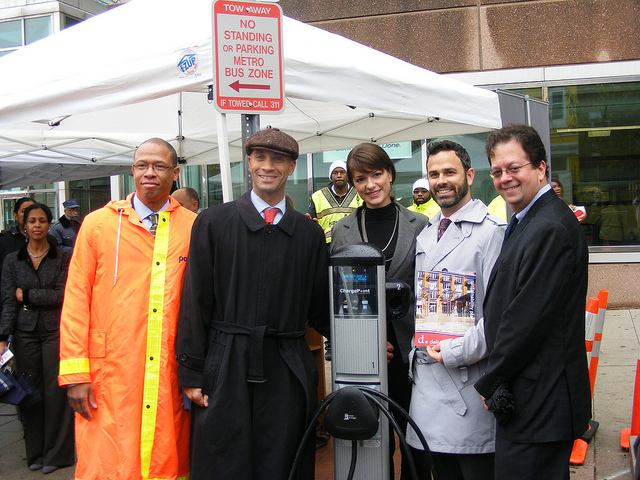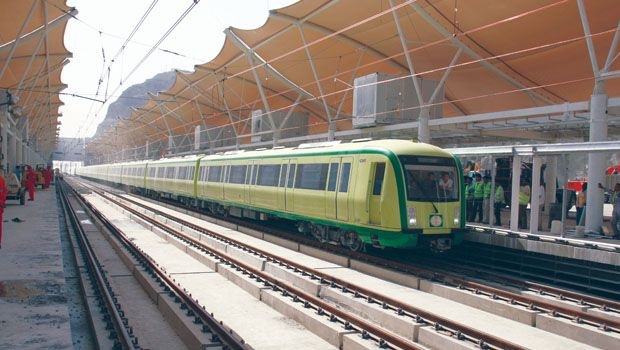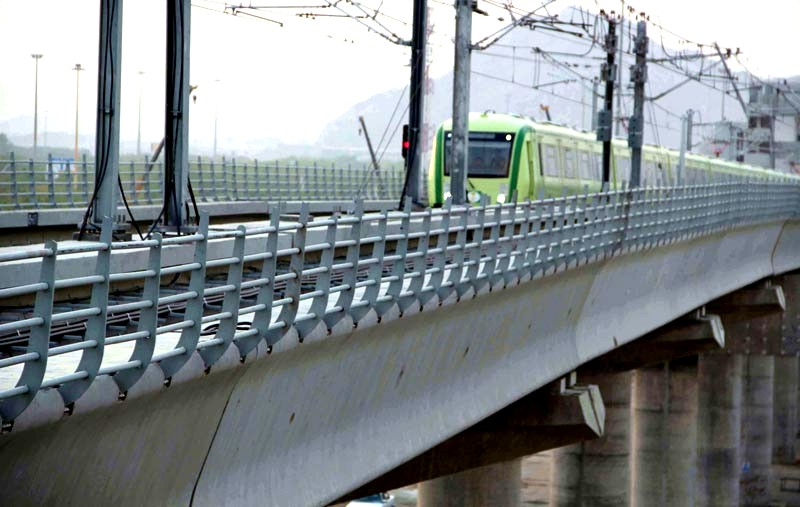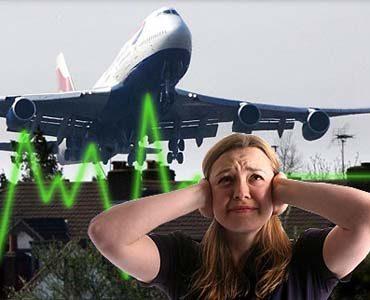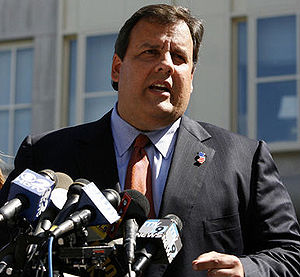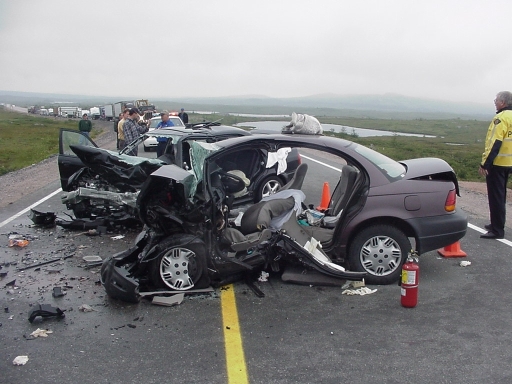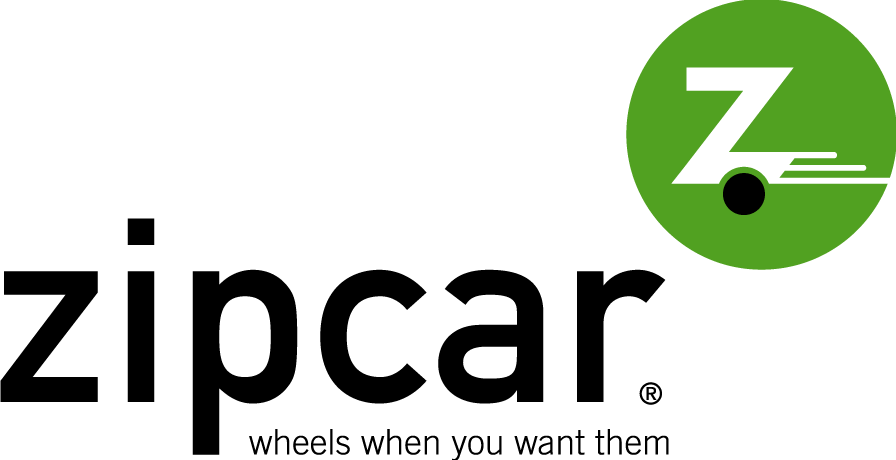Job Title: Internal Tolling Auditor
Opening Date/Time: Thu. 10/14/10 12:00 AM Pacific Time
Closing Date/Time: Fri. 11/19/10 11:59 PM Pacific Time
Salary: $57,384.00 – $73,596.00 Annually
Job Type: Full Time – Permanent
Location: Thurston County – Lacey, Washington
Department: Washington State Dept. of Transportation
 In many jobs to be successful means following an already existing system. To be successful in this job, you will have to innovate and lead. Within the Agency, the Internal Audit Office works to help management evaluate and improve internal controls, risk management, and the internal governance processes. While tolling is a prominent part of transportation funding on the East Coast and in Europe, it is relatively new on the West Coast, especially in Washington State. WSDOT currently tolls the Tacoma Narrows Bridge and the SR 167 HOT lanes. However, as the demand for increased traffic efficiency grows, WSDOT is significantly expanding its Tolling Program with preparations underway to toll SR 520, and develop a statewide Customer Service Center for all toll facilities. As tolling expands in Washington State, so too will the need for experienced audit professionals to advise management by independently planning, conducting, and managing accountability , financial and compliance audit engagements.
In many jobs to be successful means following an already existing system. To be successful in this job, you will have to innovate and lead. Within the Agency, the Internal Audit Office works to help management evaluate and improve internal controls, risk management, and the internal governance processes. While tolling is a prominent part of transportation funding on the East Coast and in Europe, it is relatively new on the West Coast, especially in Washington State. WSDOT currently tolls the Tacoma Narrows Bridge and the SR 167 HOT lanes. However, as the demand for increased traffic efficiency grows, WSDOT is significantly expanding its Tolling Program with preparations underway to toll SR 520, and develop a statewide Customer Service Center for all toll facilities. As tolling expands in Washington State, so too will the need for experienced audit professionals to advise management by independently planning, conducting, and managing accountability , financial and compliance audit engagements.
This position plays an important role in conducting or overseeing the risk-based internal audits of the Tolling Program and advises management of the impacts of internal control weaknesses and noncompliance and recommends alternative actions. Not just anyone can do this job. In the spirit of full disclosure, WSDOT auditors are tasked with helping to build and maintain an internal control system that demonstrates accountability to a somewhat skeptical public. This requires hard work, travel, acute attention to detail, innovation, and tenacity. However, the rewards of knowing that your work is helping to build successful and accountable tolling in Washington State and furthering the mission of WSDOT, is priceless. So ask yourself, are you ready to take on this role?
The successful candidate will perform the following tasks:
- Manage the Internal Audit Office’s Tolling Audit Program and serve as the primary auditor. This position works independently, reporting to the Assistant Director of Internal Audit.
- Plan and conduct individual audit and consulting engagements and prepare reports.
- Participate in preparing the annual work plan for the Internal Audit Office.
- Provide recommendations that will improve accountability or which will bring an organization into legal compliance.
- Evaluate actions determined by management to correct deficiencies identified in prior audit reports and management reviews.
- May direct the audit work of external audit firms. May act as the liaison from the Department to external audit groups.
- May oversee the work of subordinate audit specialists.
- Advise on Business Rules and Standard Operating Procedures, as necessary, for the Statewide Customer Service Center and Tolling Facilities.
At WSDOT, our top-performing employees come in many different forms; however an ideal candidate will look something like this:
- A bachelor’s degree in Finance, Audit, Business Administration or a closely related field.
- Information technology (IT) audit experience to include reviewing controls of IT processes, applications, networks, or platforms.
- Experience evaluating and communicating best practices in IT controls in environments similar to tolling.
- Certification in one or more of the following: Certified Public Accountant (CPA); Certified Internal Auditor (CIA); Certified Information Systems Auditor (CISA); and by having a minimum of four years professional auditing experience demonstrating progressive development of skills and responsibilities.
- A master’s degree in a related field will also be given consideration.
- Experience with auditing practices and procedures, including principles and methods of effective internal controls .
- Knowledge of accounting theory and practice for governments and commercial enterprises.
- Fully understand the Institute of Internal Auditor Standards and Government Auditing Standards.
- Knowledge of techniques in management and supervision.
- Effective communication both orally and in writing.
- Ability to lead discussions and support audit staff presenting results of internal audit engagements to agency management or private firms.
- Acute attention to detail.
- Ability to travel to all areas in Washington State, and at times, outside of the state, remaining overnight for up to five consecutive days or longer. Arrange for transporting equipment and other items for work.
- A valid Washington State Driver’s License (or the ability to get one) and the ability to drive a state vehicle to meetings and events.
- Ability to work varied schedules.
Application assessment will be ongoing and the hiring authority reserves the right to offer the position at any time during the recruitment process. It is to the applicant’s advantage to apply as early as possible.
Be prepared to provide references at the time of interview.
Click here to learn more and apply.

